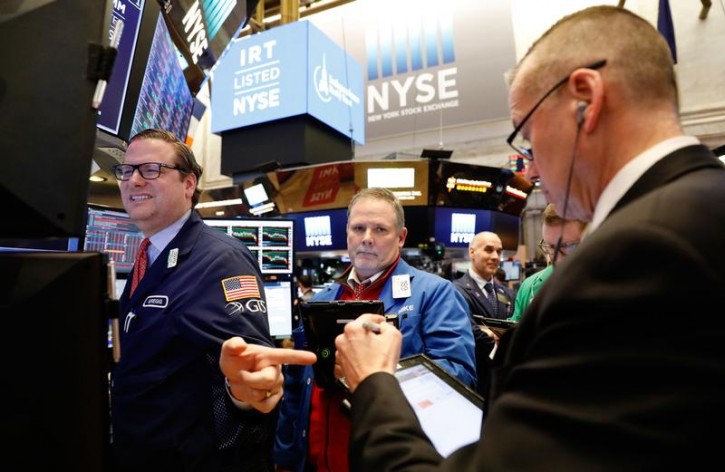 New York – A U.S. mutual fund that relied heavily on a strategy that profits from calm markets has shut its doors to new investment after losing more than four-fifths of its value in recent market turmoil, filings showed on Thursday.
New York – A U.S. mutual fund that relied heavily on a strategy that profits from calm markets has shut its doors to new investment after losing more than four-fifths of its value in recent market turmoil, filings showed on Thursday.
Subscribe to our Daily Roundup Email
The once-$800 million LJM Preservation and Growth Fund lost more than 80 percent in the week ended February 7, according to Morningstar Inc, after a surprise spike in market turbulence swiped investment strategies premised on low volatility.
A spokesman for the fund, which is run by a unit of Chicago-based LJM Partners Inc, was not immediately reached for comment after normal business hours.
The fund made extensive use of options, touting its ability “to deliver solid returns while maintaining risk parameters” in its most recent annual report to shareholders, while another document says the fund used techniques to “mitigate losses in extreme market drops.”
The report described the fund’s strategy as aiming to capture “the spread between implied and realized volatility,” a description that lines up with one of the hottest trades in financial markets over the last few years but that has blown up for a number of investors in recent days.
LJM Preservation and Growth Fund had been run by Anthony Caine, a veteran of the 1990s technology boom who later founded LJM, and Anish Parvataneni, a former trader for well-known investor Ken Griffin’s Citadel.
In an environment that has been tough on high-cost fund managers, the LJM fund took in $393 million in new cash from investors in 2017, its best-ever sales since launching in 2013, according to Thomson Reuters’ Lipper unit, despite fees as high as 3.34 percent a year.
Now, the LJM fund is closed to most further investment, according to the filing with the Securities and Exchange Commission.
Investors piled into options, futures, swaps and exchange-traded products that bet on low or falling volatility, in some cases earning triple-digit annual returns in recent years.
Market swings been limited, resulting in low volatility measured by the CBOE Volatility Index. Investors typically also pay up for protection in the future, creating a gap between “implied” volatility in the future and “realized” volatility that already happened. That difference created extra profits for investors who were “short” volatility.
Credit Suisse said on Tuesday it would terminate the second-largest publicly traded product betting on future swings in the S&P 500 after its value plunged during the global market rout.
